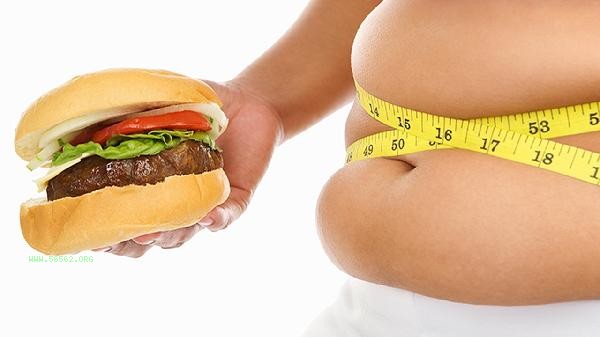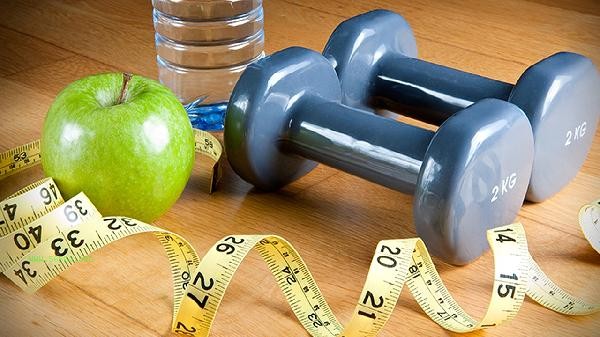During the weight loss period, it is advisable to consume pork bone and meat in moderation, but it is important to choose lean meat portions and control intake. The main influencing factors of pork bone and meat include fat content, cooking methods, ingredient combinations, feeding time, and personal metabolic differences.

1. Fat content:
The parts of pig bone and meat near the bones usually contain more fat and connective tissue. It is recommended to prioritize the lean meat parts that adhere to the bones. Every 100 grams of lean pork bones contains about 20 grams of protein, and the fat content can be controlled within 10 grams, making it a medium high protein, medium fat meat.
2. Cooking method:
Stewing or blanching before braising can reduce fat intake by more than 30% and avoid deep frying or oil frying. Using oil absorbing paper to remove surface floating oil, combined with oil absorbing vegetables such as radish and kelp, can reduce overall calories. A 300g clear stewed pork bone soup has about 200 calories.
3. Food pairing:

Eating high fiber vegetables such as broccoli and spinach together can delay fat absorption. It is recommended to include pork bone and meat as a protein source in a balanced plate, paired with 1 fist of mixed grain rice and 2 fists of vegetables, with a single intake controlled at 100-150 grams.
4. Eating time:
Eating during lunch is more conducive to energy consumption and should be avoided in the evening. supplementing within 30 minutes after exercise can promote muscle synthesis, but it is necessary to reduce the intake of other fats on the same day and maintain a daily calorie deficit of 300-500 calories.
5. Metabolic differences:
Insulin resistant individuals should strictly control the frequency, not exceeding 2 times per week. Healthy individuals are advised to consume it every other day and pay attention to weight changes. If there is weight stagnation for three consecutive days, the intake should be adjusted.

When consuming pork bone and meat during weight loss, it is recommended to combine it with 30 minutes of aerobic exercise to promote fat metabolism. Prioritize selecting cylindrical or fan-shaped bones with less bone marrow, and remove visible fat layers before cooking. You can refrigerate the meat broth and scrape off the solidified fat, which can reduce fat intake by 5-8 grams per 100 grams of soup. Pay attention to replenishing water to accelerate purine metabolism, and hypertensive patients need to control the amount of salt added. It is recommended to regularly test blood lipid indicators for long-term consumption, and alternate intake with low-fat proteins such as chicken breast and fish for better nutritional balance. During the plateau period of weight, white meat can be temporarily replaced and introduced in moderation after metabolic recovery.



Comments (0)
Leave a Comment
No comments yet
Be the first to share your thoughts!